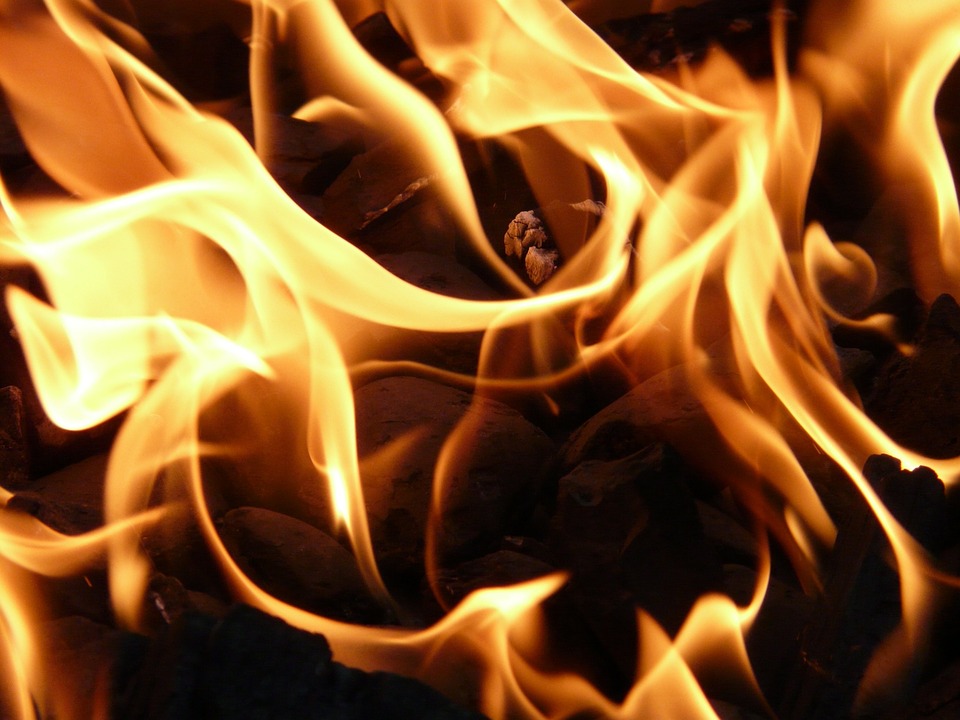What is a biomass stove?
Biomass stoves burn compressed biofuel pellets to create a source of heat for residential spaces. Biomass stoves are fully automatic and require just a press of a button to ignite the stove, feed pellets and control the flame to maintain the temperature of your house.
What is biomass ?
Biomass is the term for fuel made from a plant-based origin and usually in a processed form ready to use for renewable energy purposes.
Biomass fuels for stoves could include the following; wood pellets, corn or wheat pellets, hemp pellets, olive husks and nut shells pellets and even pellets made from spent coffee grinds.
Most commonly, biomass is a renewable fuel made from virgin forestry residues (the parts of the tree that are too small to make useful timber). To create pellets, bark is removed and the clean timber is chipped and dried to less than 10 percent moisture and compressed to form small cylinder-shaped pieces of wood around 6mm diameter and 25mm long.
Is a biomass stove the same as a log stove?
No – we don’t use the term “biomass stove” to describe log stoves as these are manually fed, lower efficiency and higher emission devices. Biomass pellets contain very little ash and moisture so they burn efficiently in an automatic biomass stove. A biomass stove ignites without having to prepare the fire and is generally far more convenient than a traditional log stove.
Can a biomass stove fit in a UK fireplace?
Most imported European biomass stoves are too tall to fit in a UK fire place, however our Lundy stove range is 650mm high and 640mm wide so they fit into a standard fireplace opening. The flue exits the top just like a log stove so can be fitted to chimney flues. The Lundy stove does not have to be located in a fire place so can also be free standing in a room.
Are biomass stoves noisy?
It is a known fact that pellet stoves run fans to blow the warm air into the room and these fans make a little noise. We spent much effort developing our Lundy 5 and Lundy 8 stoves so that they do not have convection fans and are designed for quiet operation. With the Lundy you’ll hear pellets softly ‘tinkle’ as they drop into the grate – other than that, operation is very quiet.
Can a biomass stove work with a balanced flue?
If your property doesn’t have a masonry chimney, a balanced flue will be necessary. Our stoves are fitted with a concentric flue that allows the stove to be fully sealed such that all air is drawn in from the top of the chimney. Our unique stove design allows lower flue termination heights or even horizontal wall exits. This means that you are no longer restricted to a chimney or outside wall. You can have your stove wherever you want it. To find out more about our balanced flue option, click here.
How long have biomass stoves been used in the UK?
Which came first ? Was it the pellet or the pellet stove ? We don’t know, but the first pellet stoves were invented on the west coast of the USA in the 1970s to meet the need for high efficiency, cleaner emissions and convenience.
The benefits of biomass pellets are that by using a refined fuel, the designer of a pellet stove can work with a wood fuel which doesn’t vary in moisture content, size or shape.
Is a biomass stove the same as a wood pellet stove?
We say it’s the same thing – we use the term ‘pellet stove’, Italians say ‘stufa a pellet’.
In the UK today, however, the term “biomass stove” seems to be gaining ground to describe a “pellet stove”.
Whatever you call it, please get in touch with Island Pellet Stoves today. We’d be happy to answer any queries you may have. Call us on 0330 111 4747 or email us at info@islandpelletstoves.co.uk

